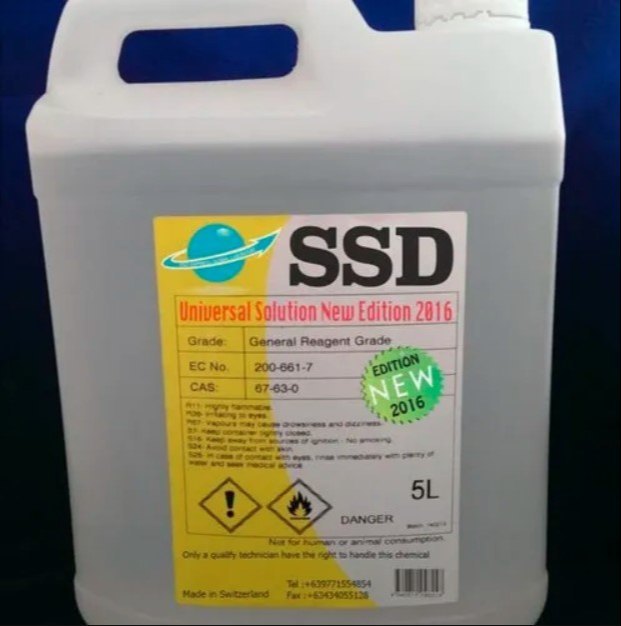How To Make Ssd Chemical Solution, SSD (commonly referred to in forensic and industrial contexts) is a chemical solution used primarily in detecting fingerprints on non-porous surfaces such as plastic, glass, and metal. It is part of the science of forensic chemistry, where chemicals react with residues left by human sweat to reveal latent fingerprints.
How SSD is Used Safely
- Forensic Applications: SSD solutions are used in labs and crime scene investigations to visualize fingerprints without destroying the evidence.
- Industrial Applications: Certain SSD-type chemicals are used in quality control and surface analysis, helping detect residues or contaminants.
Safety Considerations
- Always use personal protective equipment (PPE) such as gloves, goggles, and lab coats.
- Only handle chemicals in controlled lab environments.
- Never attempt to create forensic chemicals at home; they require specialized training and regulatory approval.
Alternatives for Learning
If you’re interested in forensic science:
- Use safe fingerprint powders or kits designed for educational use.
- Experiment with non-toxic chemical indicators like iodine fuming or ninhydrin in supervised labs.
Conclusion
While SSD and similar solutions are fascinating tools in forensic science, safety and legality are paramount. Learning through controlled, educational experiments is the best way to explore chemical reactions and fingerprint detection.
ou Might Also Like These:
ssd solution chemical for cleaning black dollar


